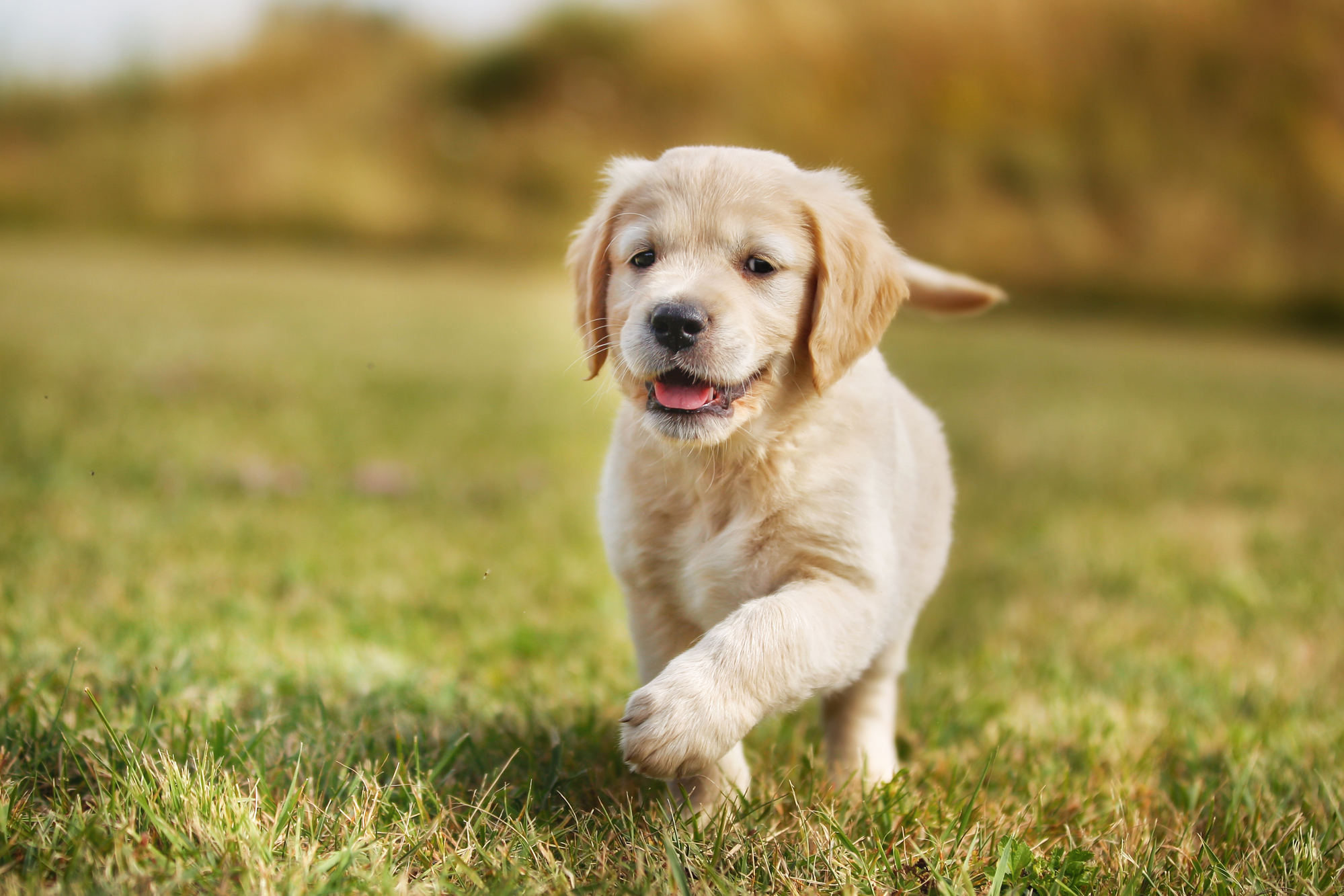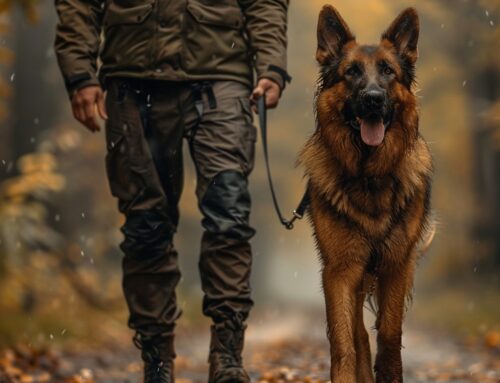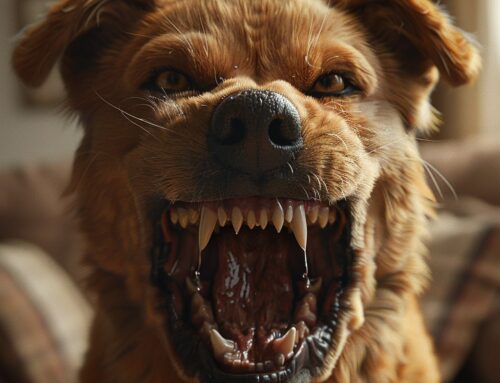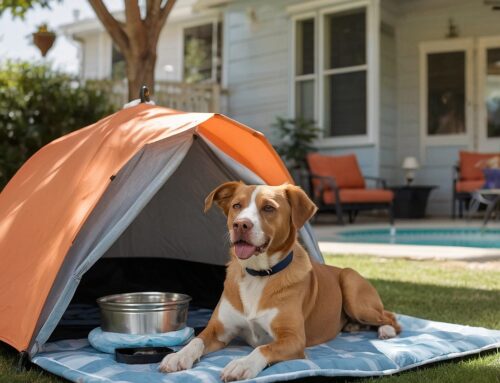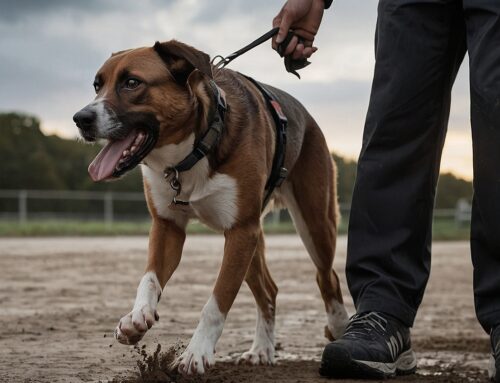New Puppy in the House? Here’s What You Need to Know
Congratulations!! You’ve decided to bring a puppy into your life. Your new puppy will bring you and your family oodles of fun and joy, but you need to prepare to ensure he is safe in his new home. Read on for guidance and tips on how to incorporate your puppy happily and healthily into your home and family.
Tips On Puppy Proofing
Little puppy noses have a way of getting into things you never even knew existed. Some of those things can be dangerous and even toxic for a puppy who is in serious exploration mode. Puppy-proofing your home is an absolute must to keep your little fellow safe and sound. Here are 10 steps to take to ensure your home and yard are as safe as possible for your new baby.
- Plants: some plants can make a puppy sick, or even result in death. Research the plants you have in your home and yard and remove any that can harm your puppy.
- Cleaning supplies: cleaning supplies contain many toxic agents that can be detrimental to a puppy. Keep your cleaning supplies locked up and well out of range of small, curious noses.
- Electric cords and wires: in this high-tech age, wires, plugs, power strips and electronic devices are the instruments of our daily lives. Spend time power-proofing to conceal wires, cords and other electronic devices.
- Trashcans: secure all trashcan lids.
- Crawl: take a hands-and-knees inventory of your home, crawl around on all fours in every room where your puppy will be looking for any small objects that could be a choking hazard. Be sure to check under furniture as little puppy bodies can find their way into dark and out-of-usual-reach places.
- Medications: keep all medications well out of reach and secured.
- Poop: pick up your puppy’s poop right away to sway him from eating it.
- Mow: keep your lawn trimmed and mowed to discourage ticks and fleas.
- Lawn treatments and fertilizers: do not let your puppy on any lawns that have recently been treated with chemicals.
- Supervise: never leave your puppy outside alone and guard against temperatures that are too hot or cold.
Another important consideration is the foods your puppy can get into that are toxic. Here’s what you need to know about this category.
Foods
Toxic Foods
Some foods are extremely toxic for puppies and several of these include avocado, chocolate, grapes, raisins, coffee, onions and garlic, and raw meat, eggs, and bones. The most dangerous of all are foods that contain xylitol, a sweetener found in many sugarless candies, gums, and foods.
Table Scraps
Nothing is as cute as a begging puppy. Resist! Though there are many well-meaning souls, table treats and scraps should always be avoided for potential dangers ranging from stomach upset to serious illness.
Both the ASPCA and Chewy.com are great resources that have a list of harmful plants, foods, and more.
The First Vet Visits
As soon as you get your puppy, call a veterinarian to make an appointment for his first wellness visit. Because their immune systems are not well-developed, puppies need vaccinations against illnesses that can prove harmful.
The DHHP vaccination, protects puppies against distemper and parvovirus. The typical schedule for administering the DHHP vaccine is at 8, 12, and 16 weeks of age. At each visit, your vet will increase the antigen in the vaccine slightly so as not to overwhelm your puppy’s young system. It’s important that you complete this series so that your pup is fully vaccinated.
Over the course of these vet visits, your dog will also receive a Rabies vaccine as well as Bordatella treatment.
Parasite control is another important preventative for your puppy. Ask your vet to perform a fecal test to look for roundworms, which are common in puppies.
Puppy Training: Starting Off Right
Doing all the right training things necessary to have a delightful, fun, and carefree puppy can be overwhelming.
Just think: potty training, leash behavior, basic commands, and more. If this is your first puppy, you may not know where to begin. If it’s not your first pup, you know about the time and effort it takes. So, after you’ve taken care of the critical concerns of ensuring your puppy’s safety and health, the next best thing to do is team up with a great trainer who can help you guide your puppy’s behavior both on and off-leash.
Yappy Puppy Program
Performance 9 Training and Boarding offers puppy parents several unique options for getting their new friend off to the best possible start. It’s the Yappy Puppy program for pups who are younger than the “board and train” program for pups who are at least 5 months old.
Puppies younger than 5 months, they are eligible for Yappy Puppy Program, which entitles them to two individual private lessons before the board and train. These lessons will help you, the new pet parent, with the following challenges:
- Housebreaking
- Crate training
- Socializing your puppy, the right way
- Ways to stop mouthing and biting
- Ways to stop your puppy from jumping
- Addressing puppy shyness
- Other tips, hints, and answers to your questions
After this, and when your puppy has reached 5 months of age (and has all their vaccines), you can send him to the two-week Basic Behavior Modification Board and Train Program where he will learn these skills:
- Leash manners and etiquette
- Coming when called
- The structure exercise of the place command
These are taught partially off-leash and when there are distractions to ensure he keeps his focus on his trainer, and then ultimately, you, his pet parent and leader.
You will be amazed at how much progress your puppy will make during this two-week program, which is taught by top-notch trainers, one of whom has represented the USA on 4 world teams with his dogs. In addition, when your puppy is in the program, you will get updates every few days about his progress. Finally, when your pup has completed the program, you and he will get 10 private lessons to reinforce his skills and make sure you are set for success to maintain the training.
Training is Not a Chore
One of the big mistakes some pet parents make is having an attitude that training puppies is a chore. Right away, this is a recipe for stress and tension, which defeats the purpose of turning out a happy, willing-to-please puppy. A successful training program should enlist a positive approach, capitalizing on the puppy’s strengths and using lots of praise and rewards. This approach strengthens the puppy’s self-confidence and reinforces the bond between you and your puppy. The goal for both you and your puppy is that you look forward to your sessions together.
With the guidance, tips, and resources given to you here, you and your puppy are off to a lifetime of joy and companionship!
Sources
- https://www.akc.org/expert-advice/puppy-information/puppy-proofing-tips-for-your-home-and-yard/
- https://www.caninejournal.com/how-to-puppy-proof-your-house/
- https://be.chewy.com/complete-guide-to-poisonous-plants-for-dogs/
- https://www.aspca.org/pet-care/animal-poison-control/people-foods-avoid-feeding-your-pets
- https://www.petmd.com/dog/care/what-5-1-vaccine-dogs



